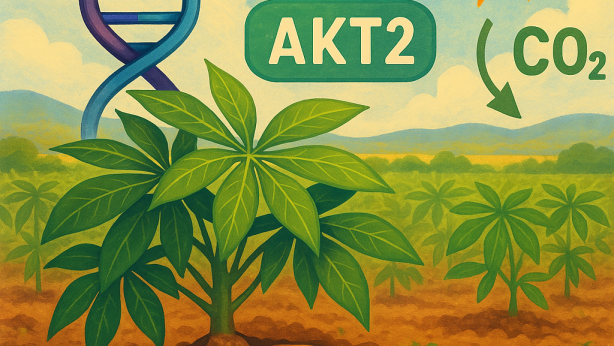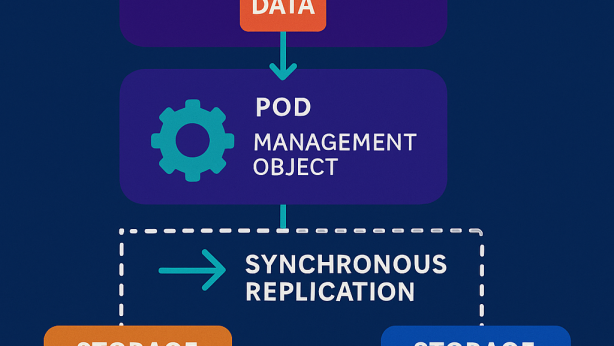PICKING METHOD, PICKING VEHICLE AND PICKING SYSTEM
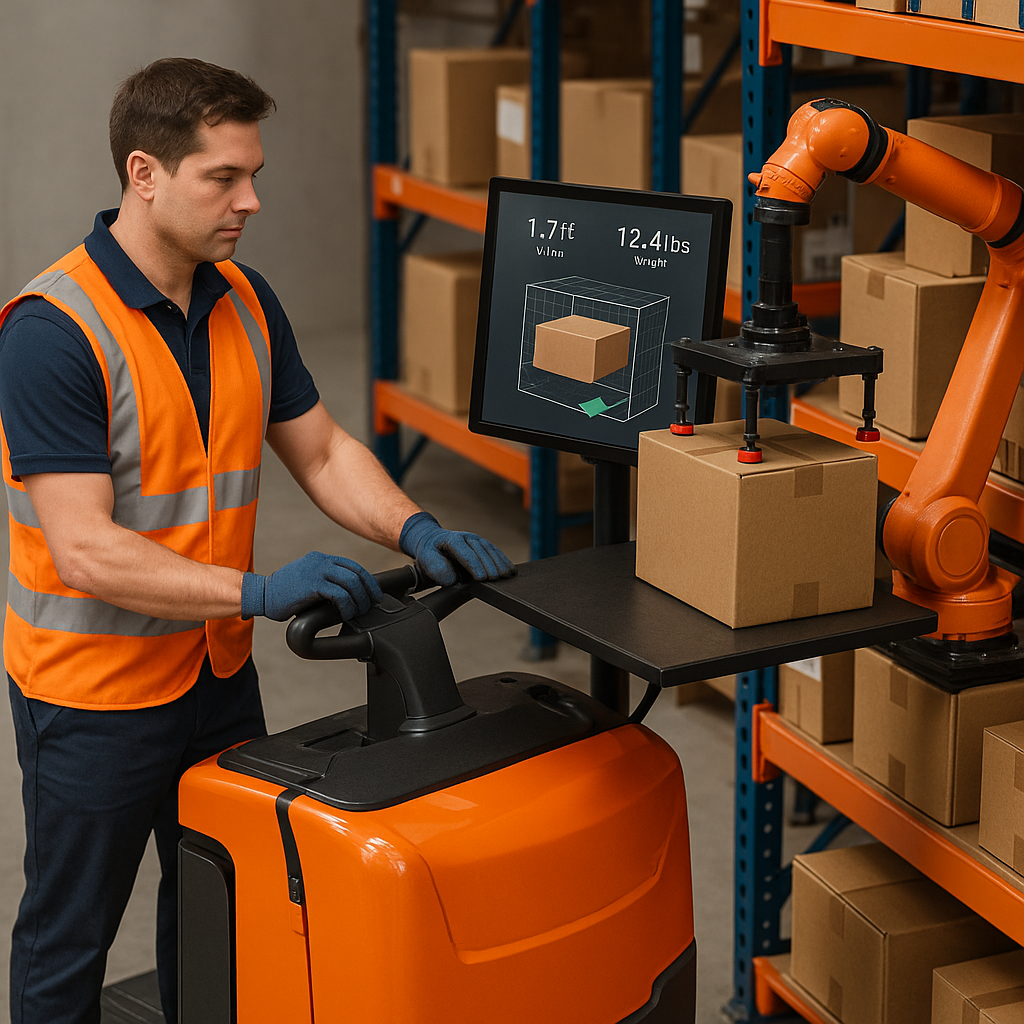
Invented by FAN; Chen-Jyh, HUANG; Wan-Ru, JANG; Lih-Guong, WU; Sheng-Yu, SHIH; Yu-Lin, INDUSTRIAL TECHNOLOGY RESEARCH INSTITUTE
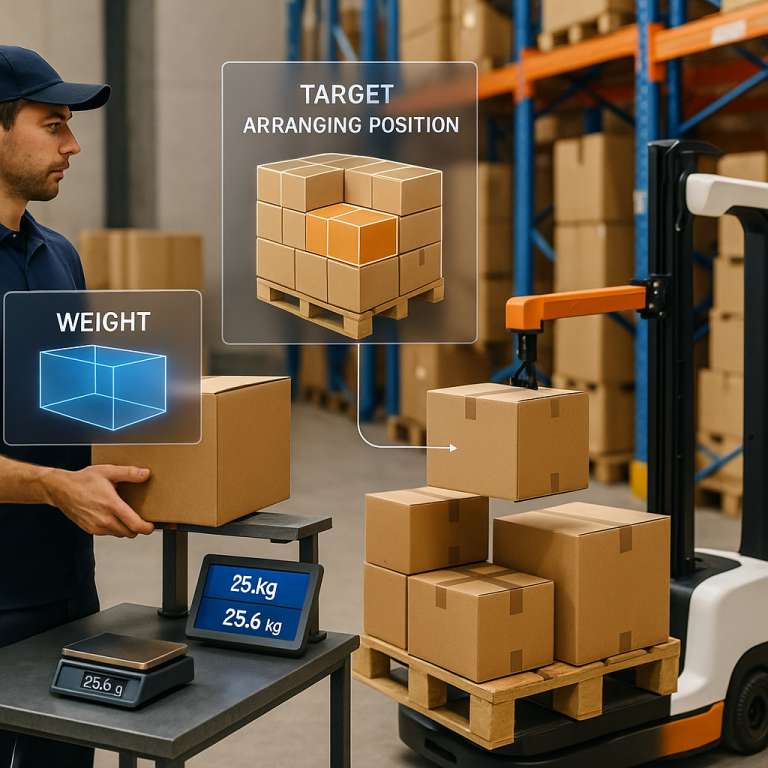
Today’s warehouses are busy places. With more people shopping online than ever, companies need to move lots of boxes quickly and safely. But moving goods by hand is hard, slow, and sometimes things get put in the wrong place. Now, a new invention promises to change all that by using smart robots and artificial intelligence (AI) to pick up and place boxes better than ever before. Let’s take a close look at what this invention does, why it’s needed, and how it could make warehouse work faster and smarter.
Background and Market Context
Online shopping keeps getting bigger every year. People love how easy it is to order things from their phones or computers and have them show up at their door. But for the companies filling all those orders, life is getting more complicated. Warehouses must handle thousands of packages of all shapes and sizes. Workers must pick up each box, scan it, and find the right spot to put it. Doing this by hand takes a lot of time and can lead to mistakes.
Many warehouses already use some robots to help. These robots might move boxes from one place to another or help workers find items on shelves. But there are still problems. Sometimes boxes get put in the wrong place, or the shelves don’t get filled as tightly as they could. This means wasted space, more work for everyone, and higher costs. As online shopping grows, these problems get bigger.
There is also a shortage of workers willing to do these tough, repetitive jobs. It’s hard to find people to work long hours lifting heavy boxes. At the same time, companies want to fill orders faster and keep costs down. This is why more warehouses are looking for smart robots that can do the job better. But making a robot that can pick up different types of boxes, know exactly where to put them, and keep everything neat is not easy.
This is where the new invention steps in. It combines smart AI with new types of robots. These robots do not just move boxes; they decide the best spot for each box based on its size and weight. They make sure every box fits just right on the shelf and that nothing sticks out or gets misplaced. This could save a lot of space, time, and money for companies. It could also make warehouses safer and less stressful for workers.
Scientific Rationale and Prior Art
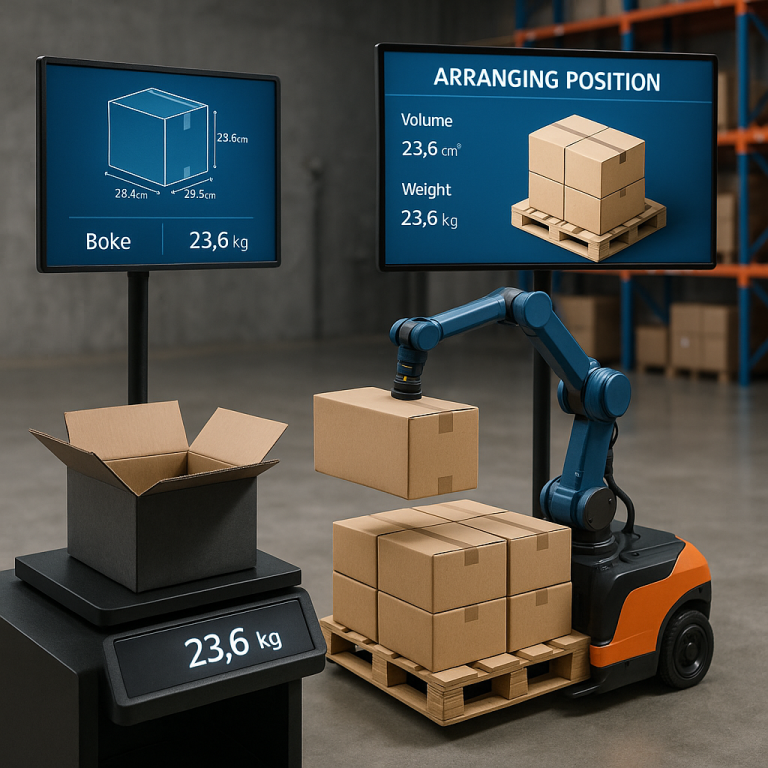
Let’s look at how warehouses have tried to solve these problems before. In the past, most picking and placing was done by people. Workers used carts or forklifts to move boxes. Some warehouses started using basic robots, like conveyor belts or simple automated vehicles, to help with the heavy lifting. These robots followed pre-set paths and did not make decisions on their own.
Some systems tried to use suction cups or vacuum arms to pick up boxes. But these tools only work well with certain shapes and sizes. If a box is too big, too small, or has a surface the suction cup cannot grip, it doesn’t work. Also, these robots could not decide where to put a box. A worker still had to tell the robot what to do.
The real challenge in warehouses is not just picking up a box, but figuring out the best place to put it. If a shelf is filled randomly, there might be empty spaces that could fit more boxes. But it’s hard for workers to keep track of every box’s size and weight, and it’s even harder for simple robots. This leads to shelves that are not filled as tightly as possible, which means wasted space and higher costs for the company.
Some companies have tried to use software to help plan where to put boxes. These systems use rules or patterns to decide where things go. But they are not flexible. If a new type of box comes in, or if the warehouse layout changes, the system might not work as well. The process is still slow and can lead to errors.
Recently, AI has started to help with these problems. AI can learn from lots of data and make smarter choices. For example, AI can look at the shapes and weights of boxes and figure out how to stack them so that nothing falls or sticks out. But bringing all these pieces together—a smart AI, a robot that can handle any box, and a system that works fast in a busy warehouse—has been very hard.
Before this new invention, there was not a good way to have a robot that could pick up any box, know exactly where to put it, and do it all without a worker’s help. The systems that did exist had limits. They could not handle every kind of box, or they needed lots of extra equipment. Often, they could not fill shelves as tightly as possible, which meant space was wasted.
This new invention builds on past work but goes further. It brings together the best ideas—smart AI, flexible robots, and real-time sensors—into one system. And it does it in a way that is easy to use, easy to adjust, and can work in almost any warehouse.
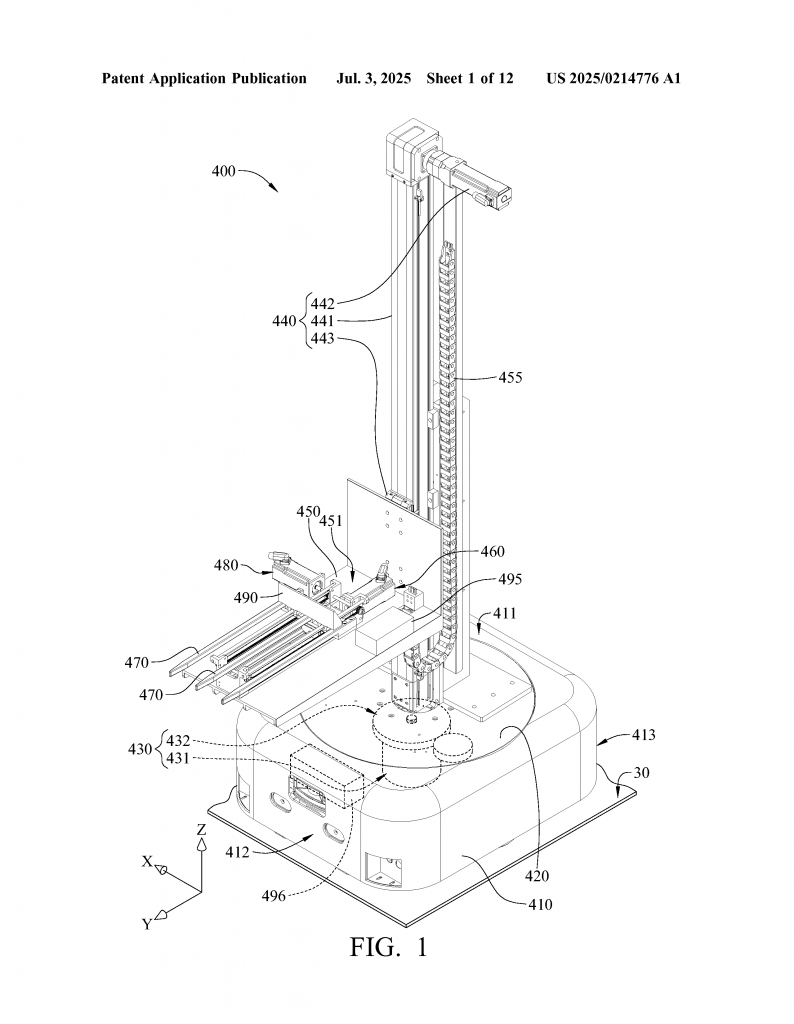
Invention Description and Key Innovations
Now, let’s see how this invention works and what makes it special. At its heart, this system is made up of three big parts: a picking method (or way of doing things), a picking vehicle (the robot itself), and a picking system (all the pieces working together).
The picking method is smart. When a new box comes into the warehouse, the system finds out how big and heavy it is. It might do this by scanning a barcode or using sensors. The AI then looks at all the free spaces on the shelves and figures out the best place for this box. It does not just pick any spot; it picks the spot that makes the shelves as full as possible, without letting any box hang off the edge or get out of line.
The AI learns from lots of examples. It has seen many different boxes and knows how to fit them together like a puzzle. If a new kind of box comes along, the AI can still figure out the best spot, because it understands how shapes and weights fit together. This means the warehouse can keep running smoothly, even if things change.
Once the AI picks the best spot, it tells the picking vehicle what to do. The picking vehicle is a special robot. It can move around the warehouse by itself. It has a base with wheels, so it can drive to any spot. On top, it has a platform that moves up and down, and can also turn. This lets it reach boxes that are high up or in tight spots.
The vehicle has forks, much like a forklift, but smaller and more flexible. These forks can move in and out and up and down. They slide under a box and lift it up gently. There’s also a pushing part that helps slide the box off the forks and onto the shelf, making sure everything is in the right place. This is better than old robots that use suction cups, because the forks and pusher can handle boxes of any shape or size.
The robot also has sensors and cameras. These help it see where boxes are and check if the shelves are full or if something is wrong. If a shelf is getting full, or if a box is sticking out, the system can send a warning so someone can fix it. This keeps everything running safely.

All these robots and systems are connected by a controller—a kind of “brain”—that keeps track of everything. It knows where every box is, what each robot is doing, and can talk to other systems in the warehouse. The controller uses the data from sensors and cameras to make sure every step goes smoothly.
One of the most exciting parts of this invention is how it uses AI to pick the best spot for every box. The AI model is trained using lots of data about box sizes, weights, and shelf layouts. It uses smart computer tricks (like something called the Cutting-Stock Algorithm) to find the best fit for every box. This makes sure the shelves are packed tightly, with no wasted space.
The system is also easy to adjust. If the warehouse changes, or if new types of boxes arrive, the AI can learn and adapt. This means the system keeps working well, no matter what happens. This is much better than old systems, which needed lots of changes if anything new came along.
Let’s talk about a typical day in a warehouse using this system. A new box comes in. The supply machine brings it to a special area. A code reader scans the box to find out its size and weight. The AI looks at all the free spaces and picks the best spot. The robot drives over, lifts the box, and puts it right where it belongs. Sensors and cameras check that everything went well. If something is wrong, the system sends a message so someone can help.
The robot’s design is clever, too. It can reach boxes high up or close to the ground. The forks and pushers can handle big, small, heavy, or light boxes. The robot can turn, lift, and slide boxes into place, all by itself. This means the warehouse can run with fewer mistakes and less help from people.
Compared to old robots that used suction cups, this new design is much more flexible. Suction cups can only grab certain boxes, and they can slip if the surface is not just right. The forks and pusher work with any box, so nothing gets left behind.
Another big plus is safety. By using cameras and sensors, the system can spot problems before they get worse. If a box is about to fall, or if a shelf is too full, the system sends a warning. This helps keep workers safe and goods from getting damaged.
This invention also saves space. By packing boxes tightly and keeping everything in line, companies can store more goods in the same amount of space. This means lower costs and a better bottom line.
To sum up, the main innovations here are:
– The use of a trained AI model to pick the best spot for every box, based on size and weight.
– A new robot design with moving forks and a pusher that can handle any box.
– Real-time sensors and cameras to check that everything goes smoothly and safely.
– A controller that connects all the parts, keeps track of the goods, and helps the system run itself.
All these parts work together to make warehouse work faster, safer, and cheaper. Companies can fill orders quicker, use less space, and worry less about mistakes.
Conclusion
Warehouses need to keep up with the fast pace of online shopping. Old ways of moving and placing boxes are too slow and lead to mistakes. The new picking method, vehicle, and system described here solve these problems by using smart AI, flexible robots, and real-time sensors. Boxes get put in the best spot every time, shelves are filled tightly, and everything runs smoothly. This means less work for people, fewer mistakes, and lower costs for companies. As the world of shopping keeps changing, this invention could become a key part of making warehouses smarter and more efficient than ever before.
Click here https://ppubs.uspto.gov/pubwebapp/ and search 20250214776.
